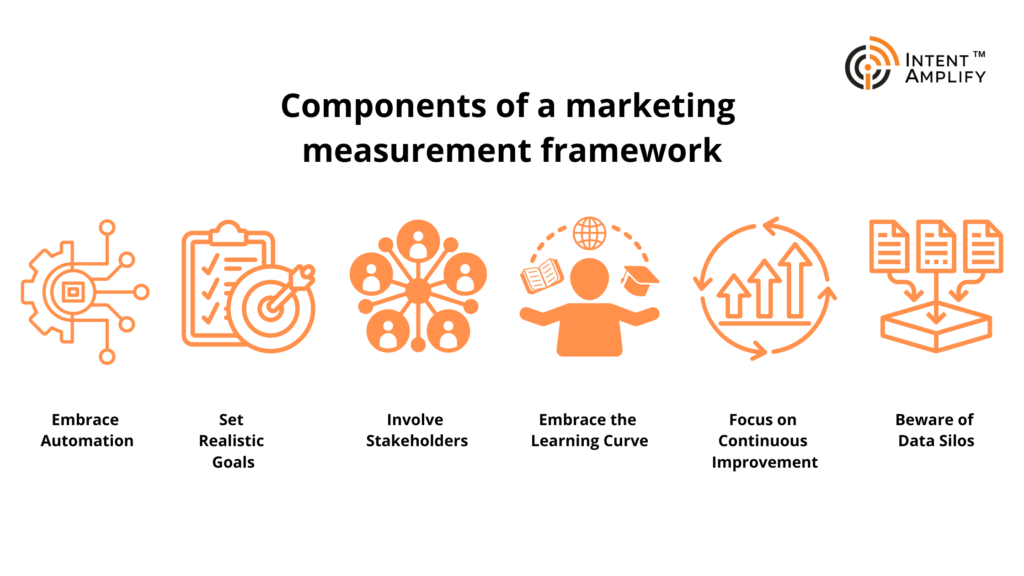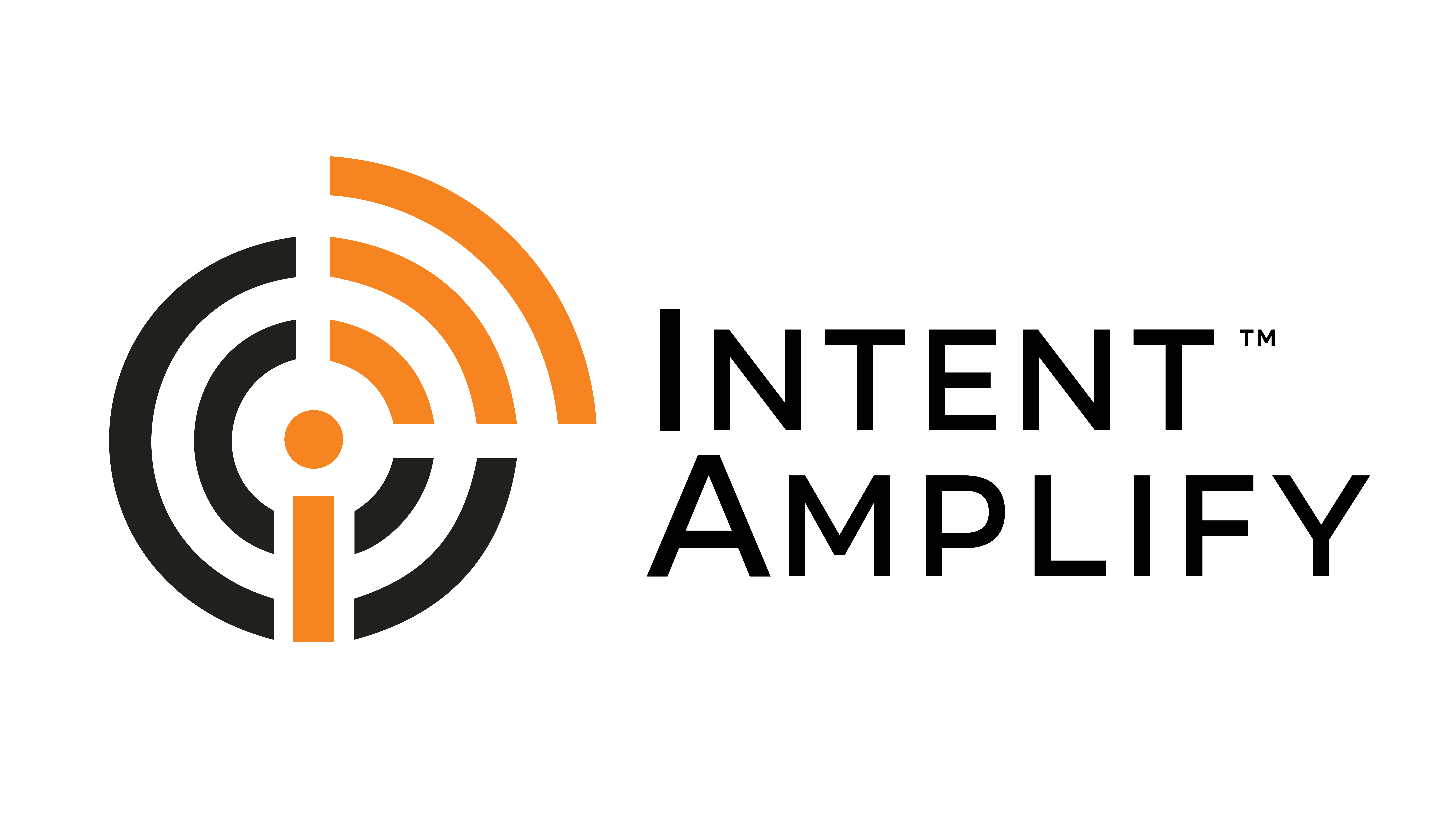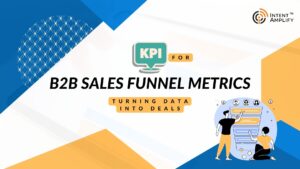
Flying Blind: Why B2B Marketers Need a Measurement Framework
Marketing is perhaps looked upon as an expensive department and the one that gets teenage-kid treatment from the budget committee. That is mostly because much of the budget supplied to sustain the marketing efforts goes without any quantifiable result. Or at least that’s how it feels.
B2B marketers are often faced with questions such as:
- Are the leads we’re generating actually qualified?
- Are we targeting the right audience with our campaigns?
- Which marketing channels are delivering the best results?
However, that’s not really the case, it simply can’t be!
If you’re running campaigns, creating content, and attending trade shows, but the impact on your bottom line remains a mystery – that’s because you do not have the proper tools to measure it. And this is the unfortunate reality for many B2B marketers. Without a clear way to measure the return on investment (ROI), it’s difficult to know if our efforts are actually paying off.
This lack of visibility can lead to a sense of frustration and confusion. Without answers to these questions, it’s impossible to optimize your marketing spend and ensure you’re getting the most out of your budget. Imagine struggling to justify marketing expenses to your boss or feeling hesitant to propose new initiatives due to a lack of data.
This is where a B2B marketing ROI measurement framework steps in. It’s the key to transforming your marketing efforts from a guessing game into a data-driven force for growth. So let’s dive further into this interesting topic.
B2B Marketing ROI Measurement Framework – Its Benefits For Marketers
A B2B marketing ROI measurement framework can change the way you approach marketing. Think of it as a roadmap that guides you from unmeasured marketing to data-driven decision-making. The framework helps you:
- Quantify the impact of your efforts on the bottom line.
- Strategically allocate resources and focus on activities that drive real business results.
- Make informed decisions about your marketing strategy.
- Measure and analyze results using data and confidently communicate the effectiveness of your marketing efforts to stakeholders.
A Step-by-Step Guide to Building Your Own B2B Marketing ROI Measurement Framework
Now that you understand the transformative power of a B2B marketing ROI measurement framework, let’s dive into the practical steps for building your own. Here’s a roadmap to guide you:
- Step 1: Define Your Marketing Goals: Focus on your marketing goals and then split your attention into data and KPIs. Your goals could sound something like generating high-quality leads, boosting brand awareness, or driving website traffic.
- Step 2: Identify Key Performance Indicators (KPIs): KPIs can be applied to metrics that are measurable and connect directly to your marketing goals. For instance, if you are aiming for lead generation, relevant KPIs might include website conversion rate, cost per lead, or marketing qualified leads (MQLs) generated. The ideal KPIs are specific, measurable, achievable, relevant, and time-bound (SMART).
- Step 3: Track and Attribute Results: Marketing automation tools are able to capture data on website visits, form submissions, and email interactions. However, attributing the impact of these touchpoints to a closed deal can be tricky, especially in complex B2B sales cycles. Consider different attribution models (e.g., first touch, last touch, multi-touch) to understand which channels contributed to a lead or sale.
- Step 4: Calculate ROI: Once you’ve tracked your marketing activities and their impact on KPIs, it’s time to quantify the return on your investment. Here’s a basic formula to calculate marketing ROI:
ROI = (Gain from Marketing – Cost of Marketing) / Cost of Marketing
By calculating ROI, you can assess the efficiency of your marketing efforts and identify areas for improvement.
- Step 5: Analyze and Report: Your marketing journey is an ongoing process, not a one-time destination. Regularly analyze the data you’ve collected. Look for trends, identify what’s working well, and pinpoint areas for improvement. Reporting your findings to stakeholders allows for data-driven discussions and adjustments to future campaigns.
With this framework in place, you’ll transform your marketing efforts from a frustrating guessing game into a clear path for achieving measurable growth.
Pro Tips and Best Practices for Your B2B Marketing ROI Measurement Framework Journey

Building a B2B marketing ROI measurement framework is an empowering journey, but like any adventure, it’s not without its challenges. Here are some pro tips and best practices to help you navigate the path to success:
- Embrace Automation: Marketing automation tools can be your best friend when it comes to data collection and reporting. These tools can streamline the process of tracking website visits, form submissions, email interactions, and more. Utilize them to your advantage to save time and ensure data accuracy.
- Set Realistic Goals: Start with a manageable set of goals and KPIs, and gradually expand your framework as you become more comfortable.
- Involve Stakeholders: Get buy-in from key stakeholders early on. Communicate the purpose of the framework and how it will benefit the organization. This ensures everyone is invested in the success of your measurement efforts.
- Embrace the Learning Curve: Understanding data and attribution models can take time. Don’t be discouraged if you don’t see immediate results. Be patient, keep learning, and refine your framework based on your learnings.
- Focus on Continuous Improvement: The beauty of a B2B marketing ROI framework is its flexibility. As your marketing efforts evolve, so should your framework. Regularly review your KPIs and adjust them as needed to reflect your changing goals.
- Beware of Data Silos: Marketing data often resides in different platforms (e.g., CRM, website analytics). Integrate these platforms to create a unified view of your marketing performance. This allows for more comprehensive data analysis and more accurate ROI calculations.
By following these tips, you can ensure your B2B marketing ROI measurement framework is robust, efficient, and adaptable.
Charting the Course to B2B Marketing Growth
B2B marketing is all about data-driven insights, by implementing a framework, you have already taken a significant step towards transforming your marketing efforts into a powerful engine for growth. With a framework as your reference, you will be able to:
- confidently communicate the value you bring to the organization, backed by concrete data and measurable results
- strategically allocate your budget to the channels and tactics that deliver the highest ROI
- become a marketer who speaks the language of data
- use your framework to make informed decisions about your marketing strategy
- ensure your efforts are aligned with your overall business objectives
- identify areas for improvement, and refine your framework to stay ahead of the curve
Start building your B2B marketing ROI measurement framework today! We’ve provided you with a roadmap, but the journey is yours to take.




